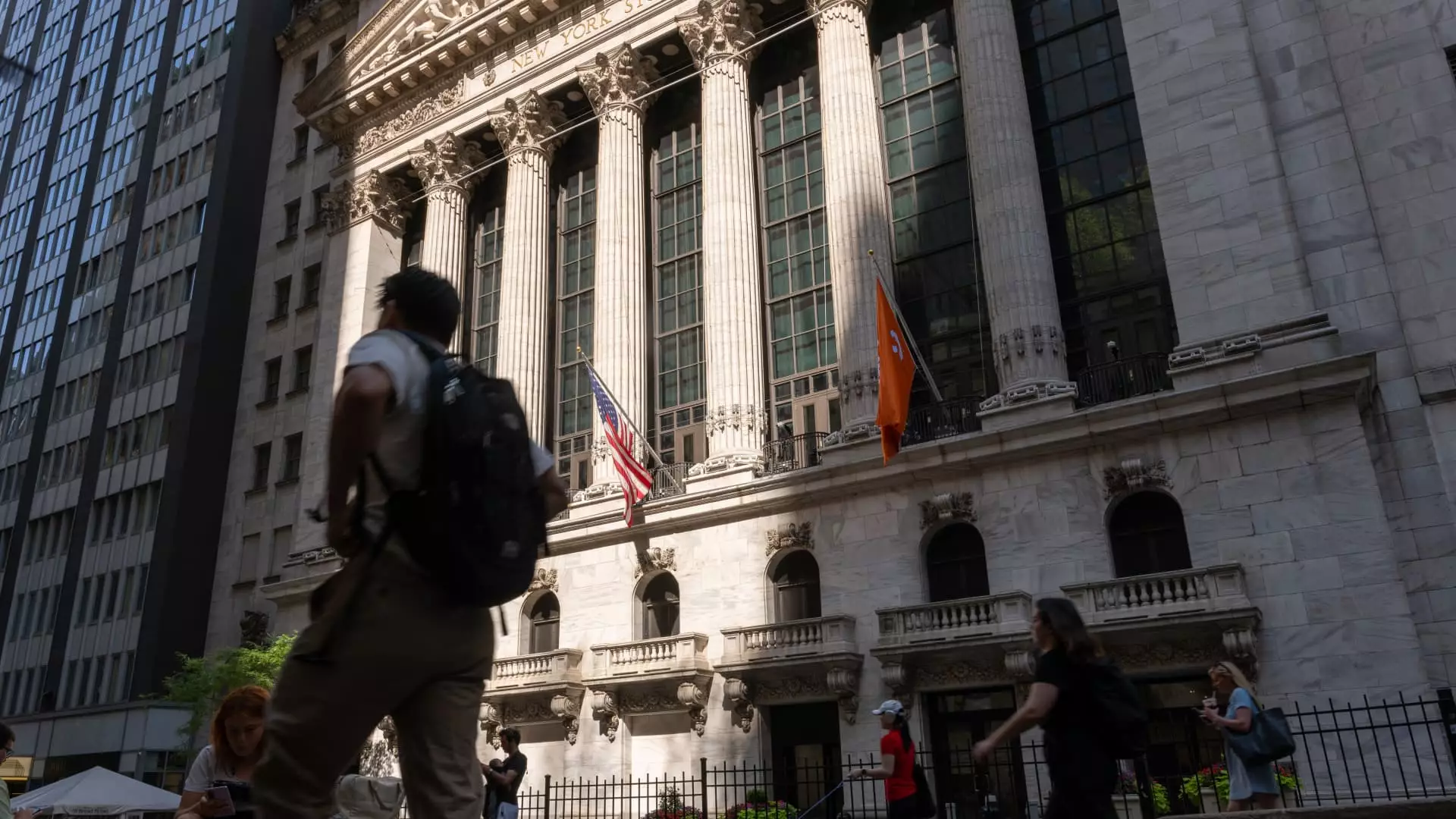The world of mergers and acquisitions (M&A) is no stranger to turbulence, yet recent developments have sent ripples through this intricate landscape. The initial promising trajectory of M&A activities in the U.S. faced a notable setback with the Trump administration’s aggressive tariff policies. Initially, the M&A market was awash with optimism, buoyed by the administration’s pro-business stance and keen deregulation. However, as soon as these tariffs were enacted, they transformed the financial backdrop into a volatile environment, stifling deal-making aspirations almost instantly.
This chilling effect on M&A is more than just a market reaction; it signifies a deeper concern regarding stability. Investors who were once enthusiastic began to tread cautiously, reevaluating their strategies amidst rising uncertainties. In a landscape that thrives on confidence, such hesitance can lead to a stagnation that lasts longer than anticipated. The interplay between trade policies and corporate strategy is intricate, making it essential to recognize that such disruptions have long-lasting effects on market dynamics.
A Temporary Resurgence
Despite this setback, signs are emerging that suggest a rebound could be on the horizon. In the wake of Trump suspending certain tariffs, the M&A activity has not only recommenced but is also gaining momentum. According to Mergermarket, an impressive $227 billion worth of deals transpired in March, reflecting a high level of engagement from dealmakers. This resurgence signals a hopeful green shoot for those eager to capitalize on the potential profitability of strategic acquisitions.
However, while the numbers look appealing, it is crucial to approach this resurgence with caution. The average size of deals seems to be growing, yet the market is still fraught with both risks and opportunities. Strong performances in sectors deeply impacted by the tariffs could illustrate resilience, but one must still consider the broader economic implications. High bond yields and increasing financing costs continue to pose complications for potential mergers. The careful balancing act of pursuing value while negotiating a landscape fraught with instability requires strategic forethought.
Analysts’ Perspectives: Optimism Meets Caution
Finance experts like Charles Corpening, the chief investment officer at West Lane Partners, foresee an uptick in M&A activities as we move further into 2025. His insights shed light on a growing expectation that, despite temporary headwinds, sectors like technology, telecommunications, and utilities may dominate the deal landscape. The anticipated push towards “special situations” M&A suggests a strategic pivot from standard large-scale acquisitions to more nuanced deals tailored to meet specific conditions and motivated sellers.
While there is optimism about potential growth, it’s imperative to acknowledge the complexities at play. Borrowing costs hamper growth, discouraging some companies from making expansive investments. Thus, firms may turn to smaller, high-potential deals as a safer bet. This shift could alter the dynamics in which companies seek partnerships and strategic alliances, favoring adaptability over aggression in the coming months.
Corporate Strategies in a Post-Tariff Era
Amid shifting economic landscapes, corporations are taking note. Major players are navigating the new macroeconomic environment with extraordinary caution. The recent moves by Kraft Heinz to evaluate potential transactions demonstrate a pivot towards a more reactive approach to acquisitions. Not only is this reflective of an organizational philosophy that seeks to adapt to newfound realities, but it also emphasizes a trend toward smaller, more manageable deals.
The surge in deal-making among consumer companies indicates a growing awareness that the economic climate demands resilience and strategic agility. Companies like PepsiCo aggressively pursue acquisitions that align with enduring market trends—see their recent buyout of prebiotic soda brand Poppi for $1.95 billion. Such moves are not merely reactive; they highlight a calculated understanding of consumer behavior and preferences that could yield fruitful outcomes in a rapidly shifting market.
The Future of M&A: Navigating Uncertainty
As we glance toward the future, the complexities of the M&A landscape remain vivid. The interplay between tariff policies, market uncertainties, and evolving consumer preferences will dictate the path ahead. While the current mood among dealmakers might be one of cautious optimism, the specter of governmental interventions, rising costs, and rapid shifts in consumer sentiment loom large.
In every twist and turn, the M&A landscape is a microcosm of broader economic forces at play. The ability to adapt, re-evaluate strategies, and embrace innovation will ultimately determine which companies will thrive amid adversity. While the promise of rebounding M&A activities is enticing, it serves as a reminder that in a world fraught with uncertainty, it is those who prioritize strategic agility and foresight who will emerge victorious.

